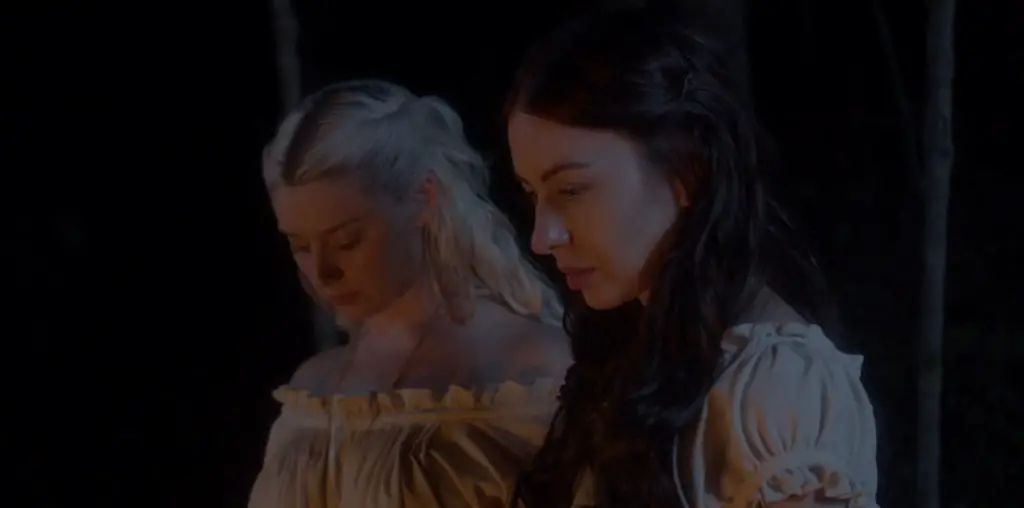
1927/28 — Emil Jannings. The German actor won his Best Actor Oscar for two performances, “The Last Command” and the now-lost “The Way of All Flesh.” However, these were silent films and the introduction of sound to movies doomed Jannings, whose heavily-accented English would limit his screen roles. Jannings was literally given his Oscar the day he left Hollywood to return to Germany, where he made one classic (“The Blue Angel” in 1930) and too many stinkers, including a large number of Nazi-produced features which eventually resulted in his blacklisting in postwar Germany.
1927/28 — Janet Gaynor. Winning the first Best Actress Oscar for three films (“Sunrise,” “Seventh Heaven” and “Street Angel”), Gaynor had no problem adapting to the talking pictures but had problems getting parts that matched her Oscar-winning prestige. Aside from “State Fair” in 1933 and “A Star is Born” in 1937, her output in the 1930s was fairly desultory and by 1938 she responded to the lack of good parts by retiring from movies.
1928/29 — Warner Baxter. Playing the Cisco Kid, former silent film star Baxter won the first Best Actor Oscar for a talkie with “In Old Arizona.” He reprised the role in two subsequent films and continued working non-stop through the 1930s. However, with the exception of “42nd Street” (1933) and “The Prisoner of Shark Island” (1936), Baxter’s ability to land quality parts diminished steadily and by the end of the 1930s he suffered a nervous breakdown. Resuming his career in the 1940s, Baxter was relegated to starring in the B-Movie series of “Crime Doctor” potboilers which were far beneath his talents.
1922/29 — Mary Pickford. Having gained international superstardom in the silent era by playing spunky little girls, Pickford made a flawless transition to both sound and mature parts by starring in the soapy drama “Coquette.” While the film was a commercial success, audiences quickly decided they did not want to see Pickford playing complex and sophisticated adult roles. But the aging star was clearly unsuited to continue in juvenile parts, and following the 1933 drama “Secrets,” she could not avoid the obvious problems with her career and announced her retirement from screen acting.
The curse continues in part three of THE OSCAR JINX STALKS HOLLYWOOD>>>


I believe this article is very harsh against all the actors cited. What the article fails to acknowledge is the abject lack of good scripts and good material offered to most actors. All of the performing artists cited in the article have phenomenal talent, but were stuck with bad scripts. Film making is a collaborative industry and even a film with a great director can be butchered by the studio in the editing room. Directors rarely get “final cut” rights to their film except in rare circumstances. It is the film studio that decides how to do the final cut in editing and how to market/merchandise a film.
The other fact which this faulty article fails to acknowledge is that actors invariably have short careers due to the entertainment industry being so fickle. Even for successful actors – they only enjoy that fleeting “hot streak” for about 7 years, then many excellent actors see their careers fade, through absolutely no fault of their own.
Hollywood has always been after “fresh meat” they want new faces – and as actors reach mid-30’s to late-30’s they are not offered acting jobs. It is Hollywood’s obsession with youth, the reason why so many actors don’t have long careers.
Don’t blame the actors – all the actors in this article have phenomenal talent and excellence in their craft.